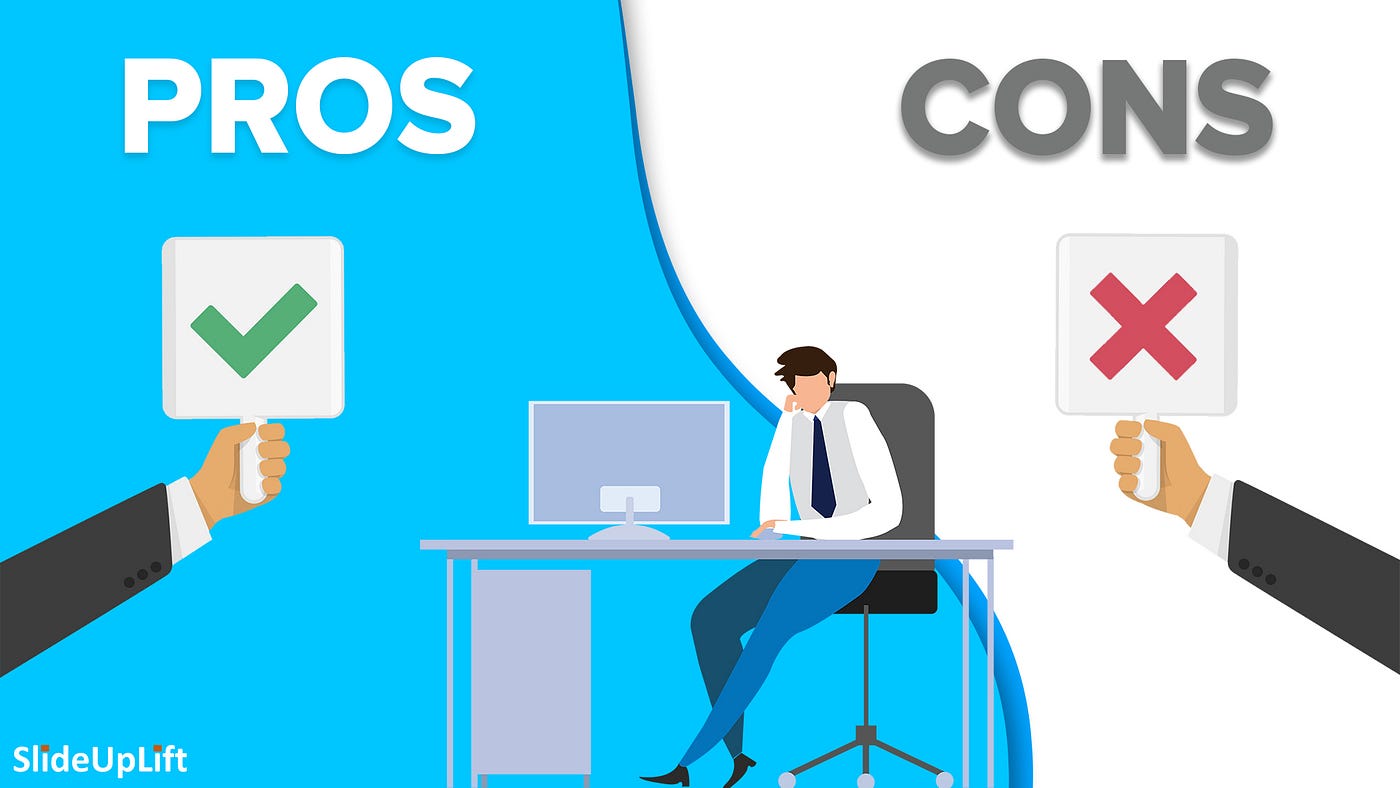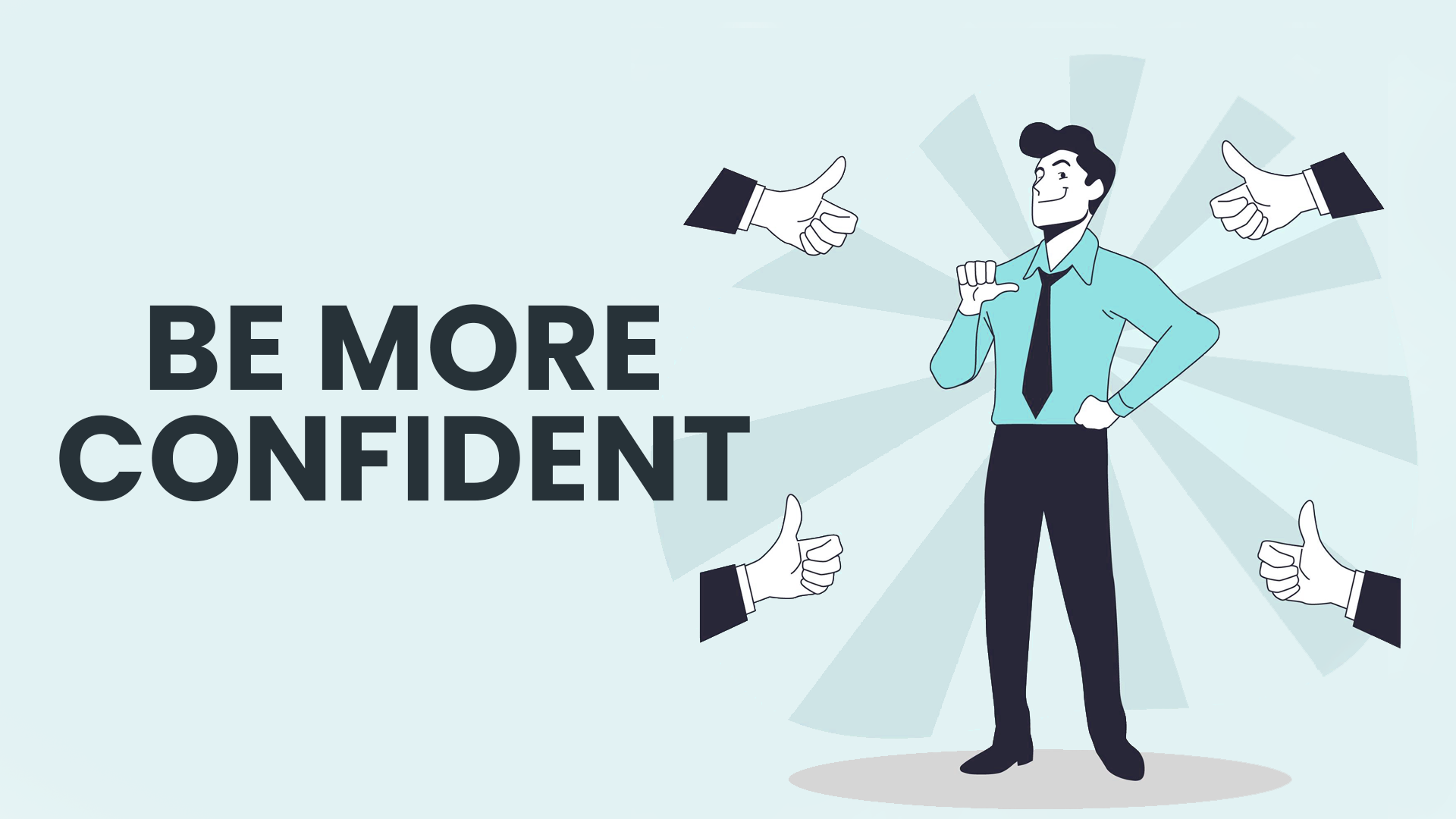Bypass even the most powerful detectors
Unlocking the Potential of AI in Crafting Incredible Cover Letters: Pros and Cons

Pros:
- Augmented Productivity: AI-enabled writing tools provide an automated process for creating a cover letter, leaving the individual with more time and energy to focus on other parts of the job-seeking process. Removing the requirement for manual drafting and editing, AI cuts down on the time required and the trouble faced in the process of applying for the job by the seeker.
- Scalability: AI writing tools are scalable, i.e., they are easily applicable to large volumes of cover letter generations. Whether it is applying for multiple roles at once or tailoring one's cover letter for different sectors, AI will be able to accommodate those job seekers who have different preferences.
- Language Proficiency: AI tools in writing would be of immense help to non-natives or people with poor writing skills while writing cover letters that could be grammatically correct and cohesive. Assistant suggestions, alongside corrections in real-time, contribute to enhanced language proficiency and writing quality in general.
- Access to Expertise: Many AI writing tools in the market inculcate expertise made available by linguists, writers, and industry professionals into their algorithms. This access to expert knowledge means that the cover letters produced follow best practices and reach industry standards, increasing their effectiveness in communicating key messages to employers.
- Iterative Improvement: The AI writing tools apply machine learning algorithms to improve their performance over time constantly. While interacting with the software and providing some more feedback, AI algorithms learn and adapt to bring out a more accurate and effective generation of the cover letter in each iteration.
- Cost-Effective: Writing AI tools are a cheaper option for those who want to streamline their cover letter writing processes compared to hiring professional writers or career consultants. With subscription plans that are reasonably priced or one-time purchase options, it has become more cost-effective for job seekers to access advanced writing help than in previous times.
- 24/7 Availability: This makes AI writing tools readily available at any time of the day or night, always ready for that call for assistance with writing. Whether writing a cover letter late into the night or very early in the morning, one can always bank on AI to give very reliable and fast support, therefore ensuring that job application documents are submitted on time.
Cons:
- Not Personalized: Even though artificial intelligence can create cover letters from some basic templates, it may hardly represent the outstanding characteristics and experiences of each applicant. Personalization in such a manner that one can put up a real story that appeals to an employer.
- Creativity is limited: Since these AI tools work on fixed algorithms and databases, thinking out of the box with creativity is limited. So, in this way, the cover letter written through an AI platform might not be as fresh and stylish as it could have been if human writers had created it.
- Risk of Overreliance: Highly dependent on AI for writing cover letters may lead to depending on technology rather than working on the basic skill set of writing. People have to communicate traditionally through writing.
- Moral considerations: The use of AI in writing brings out many questions about the aspect of transparency and authenticity. Cases, where the use of AI to write cover letters comes into question, are for the candidate and the employer's integrity, and it can cause trouble in the hiring process.
- Bypass of AI: AI could help with some bypass for detection algorithms, but that doesn't ensure foolproof evasion at all. As the detection technologies evolved, so do AI writing tools have to adapt so as not to be flagged as automated content generation.
Automated Content Generation:
AI writing tools can be fed inputs such as job titles, company names, and personal details to get quick cover letter content. Such automation refrains from manual brainstorming and drafting, and the time taken in churning out a cover letter gets reduced by a noticeable percentage.
Customize Templates:
With customizable templates provided by the AI writing tools, one can choose a template and edit it in just a matter of seconds. This way, a personalized cover letter can be developed rather than having to begin from scratch.
Keyword Optimization:

The AI will go over job descriptions and industry trends, using this information to recognize the most relevant keywords and phrases. Using these keywords in the body of the cover letter, an individual can increase the chances of sailing through the ATS systems to the hiring managers and not wasting time sending fruitless applications that may never be read.
Real-Time Editing and Feedback:
AI writing tools help in getting real-time editing and feedback features, so a person can easily and quickly touch up their cover letters. One may get proper instant suggestions to improve it so that people can iterate on their drafts much more effectively—thus, the saving time on manual editing and revisions.
Being Confident in Not Being Caught:

- Choose Reputable Tools: Select AI writing tools from reputable companies that place a high priority on user privacy and security. Look for tools with good reviews and that have been proven to be reliable, in order to lower the risk of detection.
- Overuse: Use AI writing tools with moderation and avoid excess dependence on automated content generation. Though artificial intelligence can help in crafting cover letters, it is important that one injects it with his/her personality so that the final product will not get detected.
- Humanize Text: Your cover letter should include personal anecdotes, experiences, and insights to make it human and less likely that a program will flag it as automated. Adding a personal touch makes your cover letter different from the generic templates supposedly created by AI.
- Review and Edit: Make sure to review and edit the cover letter well after generating the initial draft with AI to ensure coherence, relevancy, and credibility. Find more spaces in the text where personalization is possible and make the cover letter more specialized in relation to the job thus reducing the chance of being revealed.
- The Detection Test: Before sending off this document, check if there are any mechanical marks in your cover letter. Use an AI detector tool or an ATS simulator for hints of potential red flags and consider making changes if needed to stay undetected.
In conclusion, using AI in crafting cover letters both presents advantages and challenges. While AI might increase efficiency and consistency, and through keyword optimization, it might still lack personalization, and creativity or raise ethical questions. Finally, it is very essential to have an individual balance the use of AI technologies and at the same time be true and honest in written communication. An individual will be able to decide how to incorporate AI writing tools effectively in a strategy designed for job application, keeping an eye on the advantages and disadvantages recognized.